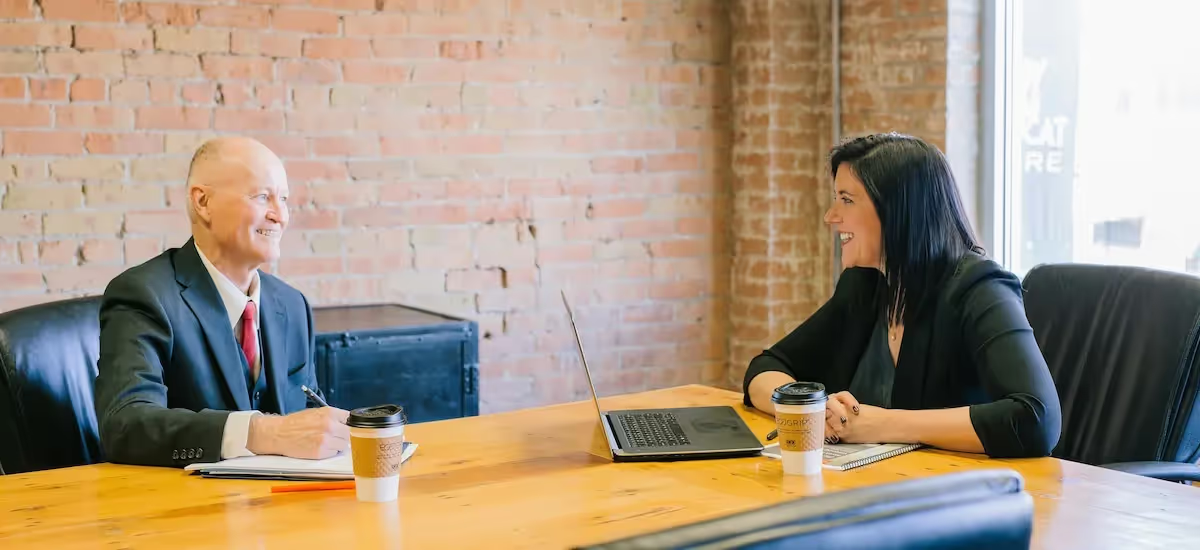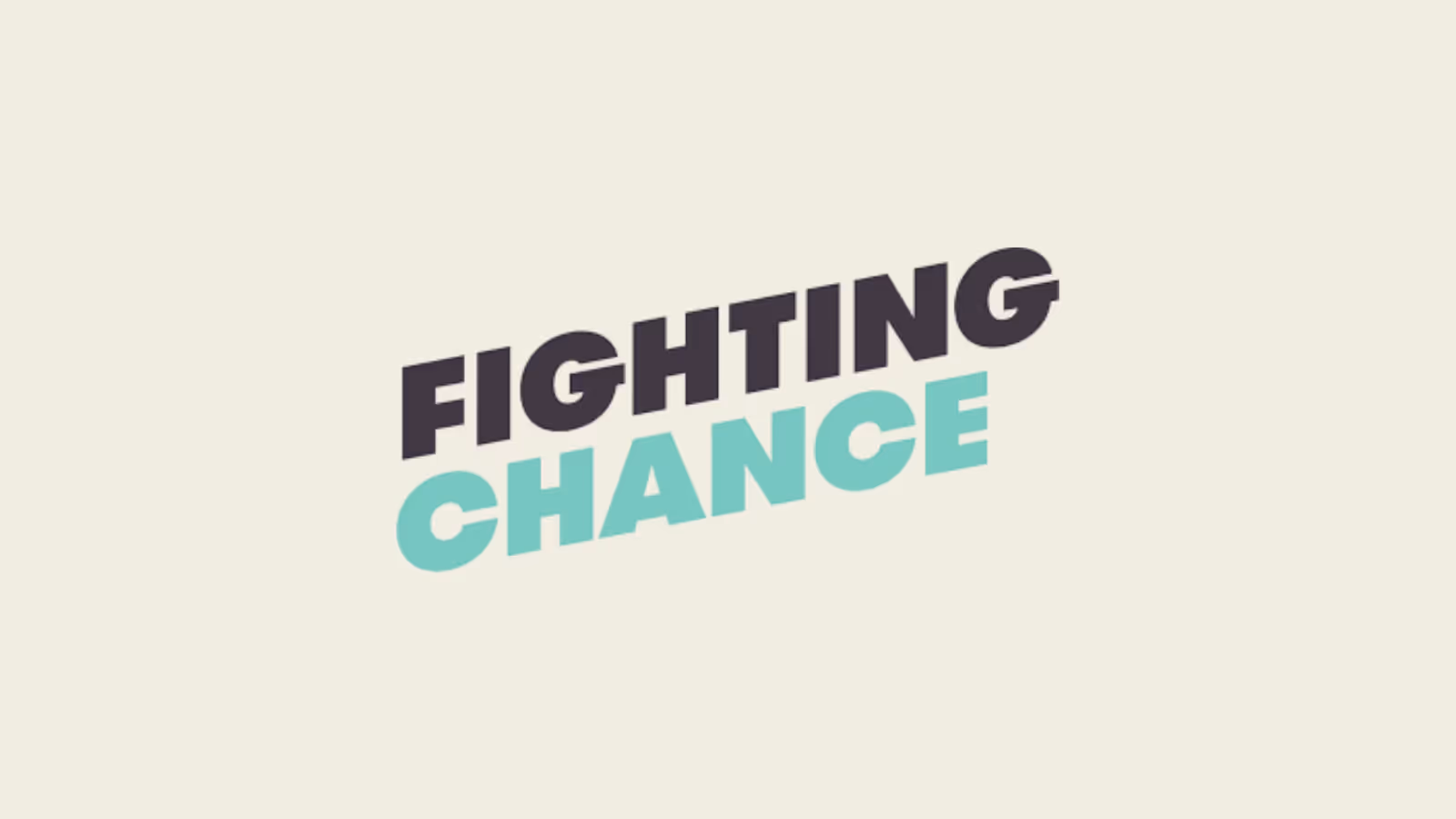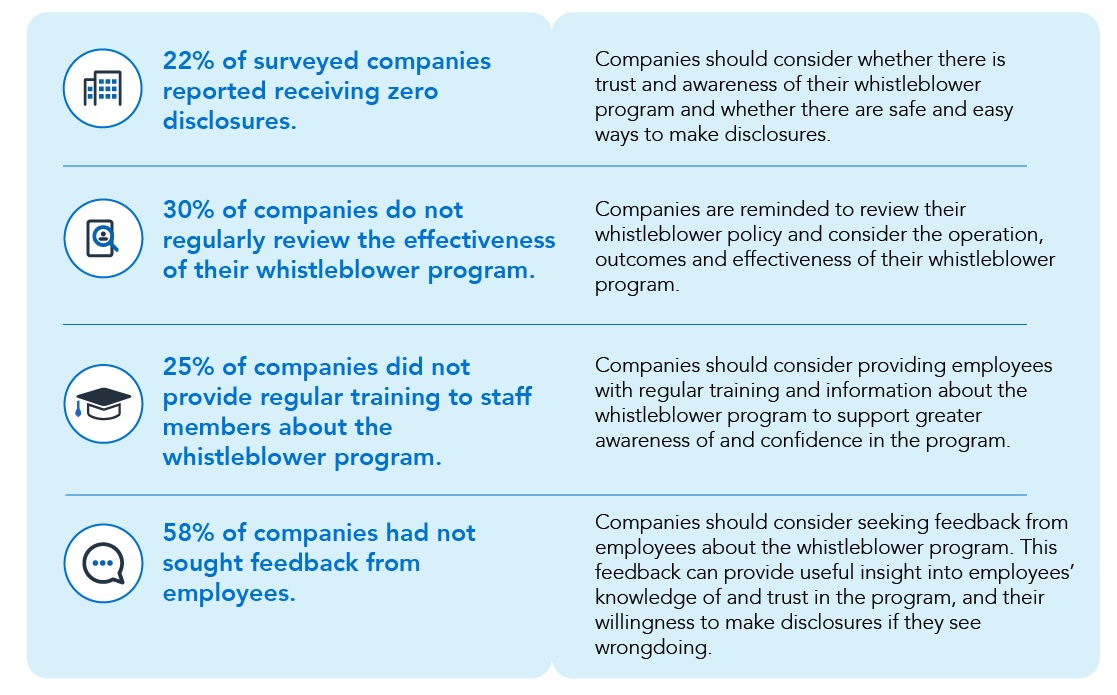8 Types Of Employee Recognition To Bring Into Your Workplace
8 proven recognition methods to boost morale, motivation, and retention.

Employees often feel undervalued due to lack of recognition, leading to disengagement and lower performance.
Without regular appreciation, morale drops, resulting in decreased motivation and higher turnover.
By using various recognition methods, like bonuses, praise, and peer acknowledgment, companies can boost engagement and create a more motivated, productive workforce.
In this article, we’ll explore the types of employee recognition that make a real impact.
1. Peer-to-Peer Recognition
Peer-to-peer recognition allows employees to acknowledge each other’s contributions, fostering collaboration and team bonding. It creates an environment of mutual appreciation and strengthens relationships, enhancing communication and trust within teams.
Employees can recognise each other through verbal praise, thank-you notes, or formal nominations for awards. This recognition is most effective when it highlights specific actions or behaviours that make a positive impact.
2. Bonuses
Bonuses are a form of monetary recognition that directly reward employees for their exceptional performance or achievement of specific goals. Offering bonuses can motivate employees to maintain high performance and contribute to a culture of success.
Bonuses can include performance bonuses, sales commissions, seasonal bonuses, or one-time spot bonuses for a job well done. By offering these tangible rewards, companies show that they value their employees’ hard work and are willing to invest in their success.
Bonuses also create a competitive yet supportive environment, where employees are incentivized to strive for excellence. Managers can further encourage participation by clearly outlining bonus criteria and celebrating achievements tied to bonuses in team meetings. This not only motivates employees but also reinforces company goals.
3. Written Praise
Written praise, like thank-you notes or emails, offers personalised and lasting recognition. It’s a simple but powerful way to show appreciation, offering specific feedback on what employees did well.
Managers can encourage written praise by making it a regular practice within the team, whether it’s through weekly shout-outs or after completing specific milestones.
This practice helps create a positive work environment where employees feel consistently recognised.
4. Verbal Praise
Verbal praise is immediate recognition given in-person or during meetings. It boosts confidence and motivates employees to keep performing well. Verbal praise works best when timely and specific.
Managers should make verbal recognition part of daily interactions, not just during formal reviews. Encouraging team leaders to offer frequent and spontaneous verbal praise helps create a culture of continuous feedback and appreciation.
5. Day-to-Day Recognition
Day-to-day recognition includes small, frequent gestures of appreciation, like thanking someone after a task or during meetings. These daily acknowledgments keep employees feeling valued and motivated. Managers can incorporate it into routine interactions, making it a regular part of the workplace culture.
6. Formal Recognition
Formal recognition includes structured rewards like “Employee of the Month,” work anniversaries, or annual awards that are publicly celebrated. This type of recognition helps set clear expectations for performance and motivates employees to strive for excellence within a specific framework.
Formal recognition often involves ceremonies, events, or official certificates, making it a significant and memorable moment for the employee being recognised. It also provides an opportunity to reinforce company values and celebrate key achievements in front of a team or company-wide audience.
Managers can help by setting clear criteria for formal recognition, ensuring transparency and fairness. This structured recognition should be incorporated into regular company events or performance reviews to maintain its impact.
7. Informal Recognition
Informal recognition is spontaneous and often involves small, unplanned gestures of appreciation, such as a thank-you note, a compliment after a successful meeting, or a small gift. This type of recognition keeps employees engaged on a daily basis and fosters a continuous sense of appreciation.
Informal recognition is flexible and personal, meaning it can be tailored to the employee’s preferences. Whether it’s a simple “great job” in passing or a quick note of appreciation, these small acts add up to create a more positive and motivated workplace.
8. Leader-to-Team Member Recognition
Leader-to-team member recognition involves managers or leaders praising the hard work and achievements of their employees. This type of recognition is essential for motivating employees, as they often look to their leaders for approval and validation.
Recognition from leaders can be delivered verbally, in writing, or through formal awards. Timely and specific recognition from leaders helps employees feel supported and valued, which increases job satisfaction and performance.
Addressing Lack of Recognition As A Work Hazard
Lack of recognition in the workplace isn’t just an oversight—it’s a psychosocial hazard that can significantly affect employee wellbeing. When employees feel unappreciated, it can lead to increased stress, employee burnout, and disengagement, which in turn affects overall productivity and morale.
The absence of recognition undermines an employee’s sense of value, leading to negative psychological impacts, including decreased motivation and job satisfaction.
This is why having a well-structured Employee Assistance Program (EAP) that tracks and addresses these psychosocial hazards is so crucial. At Foremind, our EAP platform allows workers to identify and report hazards at work, helping organisations take proactive steps to address workplace culture issues, including recognition gaps.
By integrating recognition into daily practices and using tools like an EAP to monitor psychosocial risks, companies can create a healthier, more supportive environment that fosters both employee well-being and organisational success.
Related:
- EAP For Construction Businesses
- How Much Do EAPs Cost?
- EAP Counselling
- How To Respond To A Critical Incident
- Autonomy In The Workplace

Hello 👋 I’m Joel the founder of Foremind.
Are you ready for simplified support & compliance?
Latest insights
Answers to the frequently asked questions.
Still have questions?
Email us at enquiries@foremind.com.au and we'll get back to you quickly with a response
Yes, we have culturally competent counsellors available, including those able to work with first nation and CALD employees.
Onshore on secure AWS Servers in Sydney Australia. All data is encrypted in transit and at rest and our entire team is located in Australia.
Employees can access our platform on any device (mobile, laptop, desktop, etc.) as long you have the website link - no need to download any app on devices. You wouldn’t need to enrol any of your staff individually.- When we do our onboarding, we ask for the first name, last name and email of all your employees, and send out an email invite to all them which will allow them to create their own individual account to access the platform. For new staff we can also invite them or provide you with a unique link to embed in your onboarding process, whichever is more convenient for you. We also kick things off with a launch webinar or video to make sure everyone is aware of Foremind and how to use it. We’ll also provide you with any collateral such as posters, QR codes, brochures etc. to help drive awareness and encourage people to create an account in the platform.
The support line is answered by our reception service 24/7. It is for urgent platform or session-related issues only (e.g. *“My counsellor didn’t show”*) or helping staff create an account.






